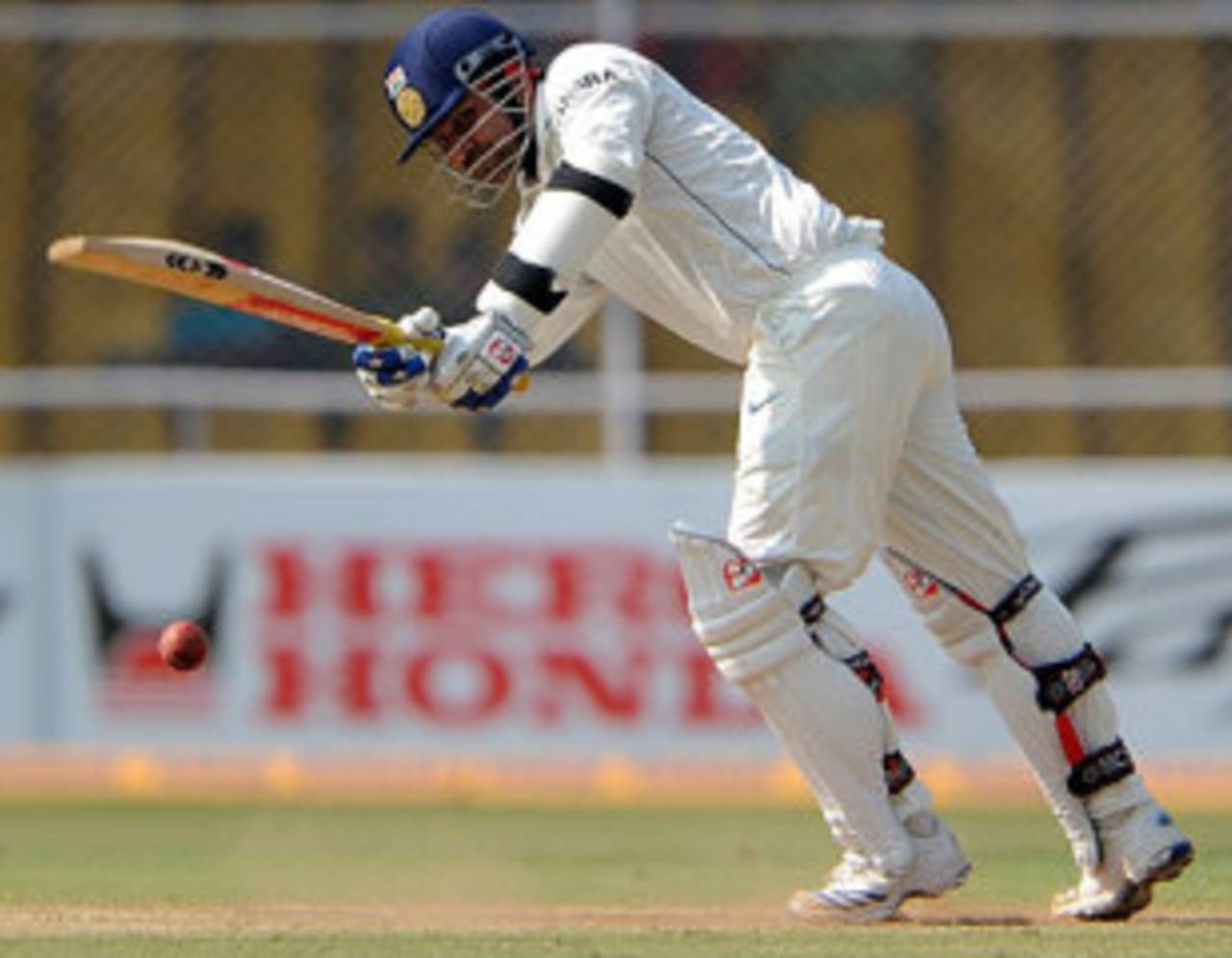The new Bradman
Like the Don, Sehwag bats with an uncluttered mind, has made over 290 three times in Tests, and has the best strike rate among high scorers of his generation

In an era where over rates are slowing perceptibly, Sehwag is scoring quicker than ever • AFP
Should greater consideration be given to stroke production rather than technique in moulding young batsmen? After all, efficient run-scoring is not just a statistical exercise, it's the first rung on the climb to victory
Former Australia captain Ian Chappell is now a cricket commentator and columnist